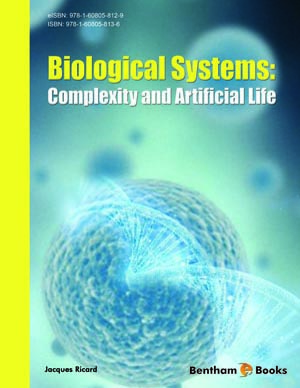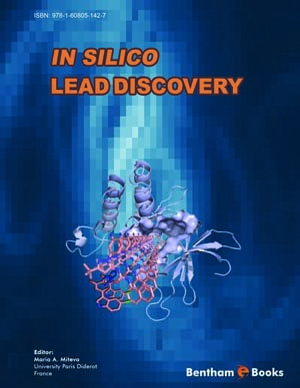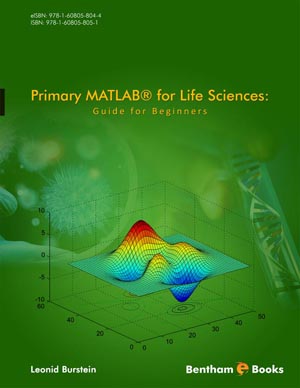Abstract
Alternative splicing has the ability to expand proteome diversity among different cell and tissue types, and various stages of differentiation and development. In higher eukaryotes, alternative pre-mRNA splicing is highly regulated by many cellular factors and only in the past decade has the magnitude of this co/post-transcriptional regulation been revealed. Here we review recent technologies that have enabled genome-wide detection of alternative splicing, and highlight computational methods that have been developed to identify and understand the interplay between the cis and trans factors important for regulating alternative splicing in stem cells.
Keywords: Alternative splicing, spliceosome, exons, introns, pre-mRNA, splicing factors, splicing regulatory elements (SRE), RNA binding proteins (RBPs), CLIPseq or HITS-CLIP, RNA-seq, microarrays, transcriptome, genomics, highthroughput sequencing, splicing code.













